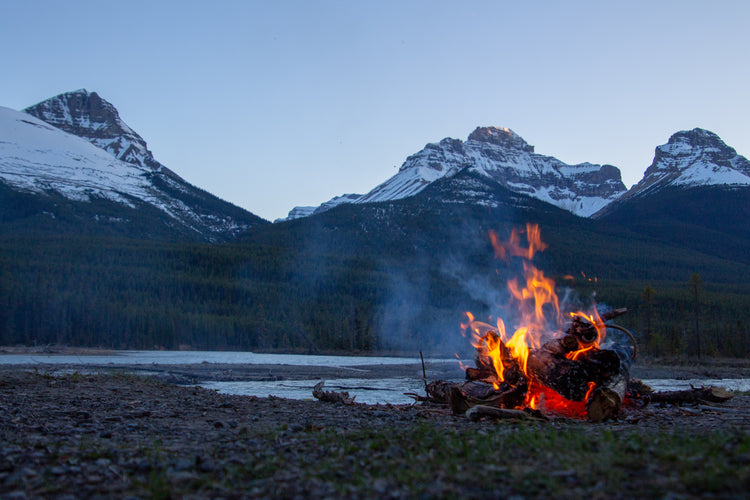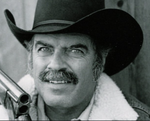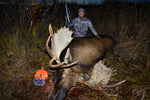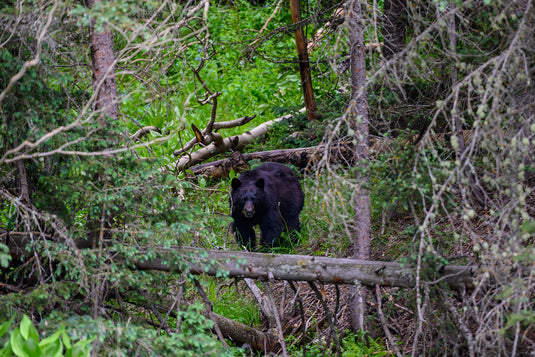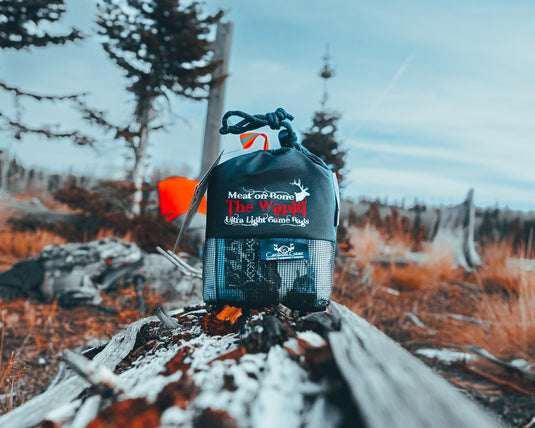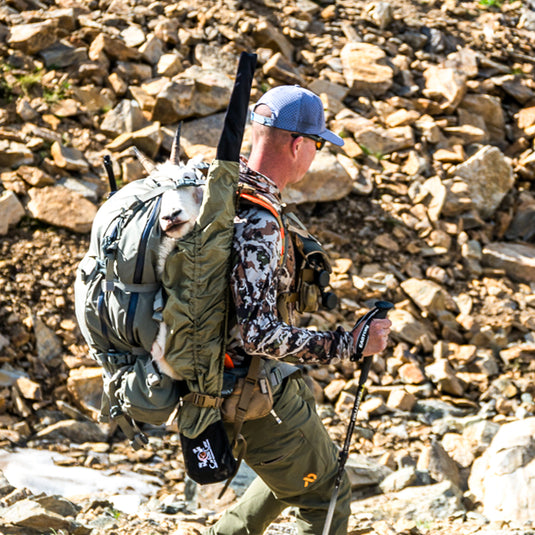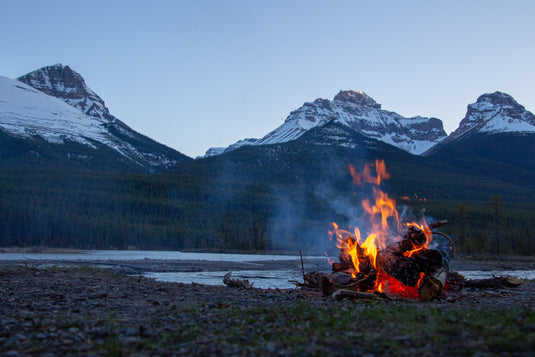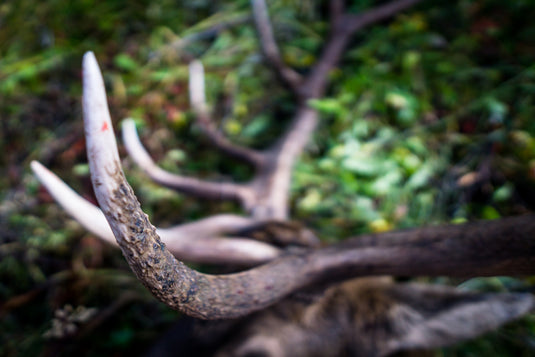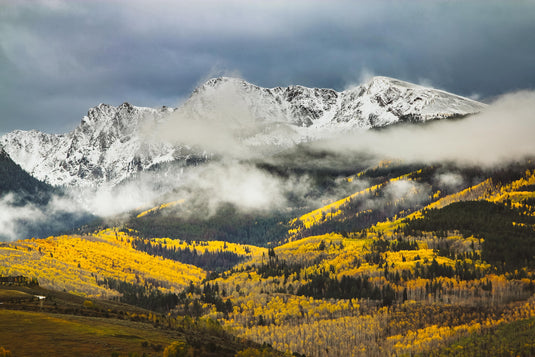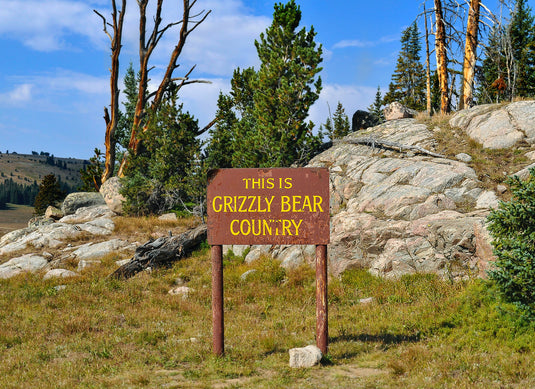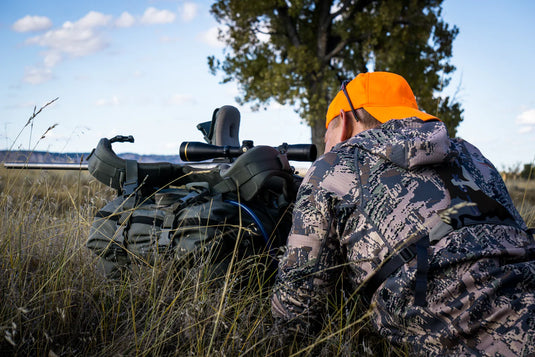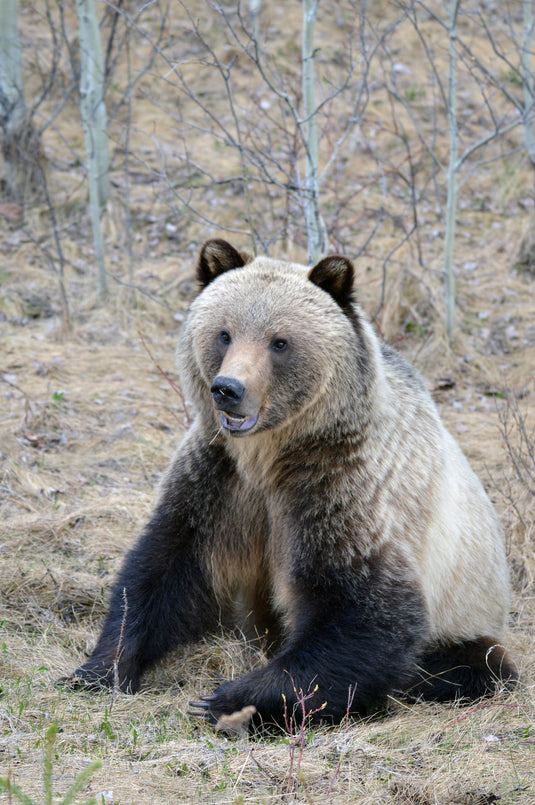Venison often gets a bad rap because it typically tastes different than beef. Before getting into this subject, exactly what is venison? Different dictionaries will give you different answers. Basically, it’s the flesh of a wild ungulate. Deer are almost always mentioned when the word venison is used, but in reality you can call elk, antelope, moose, etc venison as well.

There are many factors why venison may taste gamey, but most of the time, improper field dressing and care are the predominant reasons. Certainly, a carcass that isn’t cooled quickly or isn’t immediately field dressed after being killed, or is hung too long in warm weather may indeed be almost inedible by the time it gets to the dinner table. So the answer to the question is a very resounding Yes! Careless handling will transform an otherwise quality piece of meat into a gamey serving that will require all your culinary skills to make it palatable. Using Caribou Gear game bags will vastly help protect your meat from various pests and allow you to hang it in the shade where it will cool quickly.
1. It was killed during the peak of the rut.
2, It was very old.
3 It was eating a straight diet of pungent or aromatic plants.
4. It was running extensively before being dispatched.
Of course, there are exceptions to these reasons, but generally speaking, meat can be affected if it falls into any of those four categories.
In my experience, rutting mule deer bucks often have an “off” taste as do other species, but I’ve found Muley's to be particularly gamey. Caribou are interesting. When caribou are hunted early with antlers still in the velvet stage, they’re fabulous. But kill a caribou in the rut and the dogs will hardly eat it. One of the worst tasting animals I’ve ever taken was a caribou I shot in British Columbia during the peak of the rut. My guide warned me that the meat would be so strong that even the dogs wouldn’t eat it. I didn’t believe him, but he was right. I had to pull every trick out of the bag to make the meat edible. I compared that caribou with one I taken much earlier in late August in the Northwest Territories. That bull was outstanding and as delectable as any animal I had ever taken.
So, if venison is indeed affected by the rut, the obvious option is to not hunt during the rut. Few of us have that degree of latitude. We hunt when we can, and deal with the meat as best as we can. Then too, hunting during the rut can be much more challenging and effective. Whitetail hunters prefer hunting during the rut because various calling techniques including rattling work best when the rut is on. Scrapes and rubs made by bucks are also helpful clues to hunters during the rut. And who doesn’t want the thrill of hunting elk when the bulls are bugling? That occurs during the rut, and hunters have the advantage of using cow and bugle calls to entice the quarry into shooting range.

Shooting a very old animal is something that few hunters accomplish. First off, not many animals get really old in most places where we hunt if there is extensive hunting pressure. In most states, a three year or four year old deer is old —five year old deer may be ancient. Secondly, “old” usually translates to big antlers or horns. Trophy class animals are typically over the hill as the saying goes. Not many hunters will pass up a big old 12-point whitetail or six-point bull because it might not be good eating. In that case we’re left with venison that may need some extra care and creativity to make it tasty.
In the case of does or a cow elk it’s often difficult to tell their age in the field because there are no antlers to signify how mature they might be. Does could live 8 to 10 years or older, but the hunter would have no idea of her age. The same is true when a hunter takes a very old cow elk. She may end up as a surprise on the dinner table - pretty chewy and probably gamey tasting. I once shot a cow elk that was aged at 12 years by biologists, and I can tell you that she was extremely tough. Young animals are succulent morsels with the very best quality.

Some animals, particularly mule deer and antelope, will feed extensively on aromatic plants such as sagebrush, bitterbrush and other similar shrubs. Some people believe that the animals’ flesh picks up the strong scent of the plants and the venison is therefore gamey tasting. I’m not convinced either way since some of my mule deer and antelope have been strong tasting when they’re feeding on agricultural crops. These weren’t necessarily old animals, either. To confirm this theory, researchers would have to confine test animals in an enclosure, feed them diets of certain shrubs and give the animals a taste test. The animals would have to be compared with other deer eating more bland foods in order for the survey to be credible. To my knowledge, this type of testing hasn’t been done. I find it interesting that my all-time favorite deer venison comes from Sitka blacktail bucks that I hunt on Kodiak Island in Alaska. There are no agricultural areas to speak of on the island, yet those deer are truly delicious. Their menu consists of only wild shrubs and grasses that live on the island.
Antelope in particular are either loved or hated by hunters. While it’s true that many are shot out in the desert where they feed on sage, I believe they get the bad rap from improper field care.

There’s a popular belief that animals that are running hard before being killed can be gamey tasting since various chemicals in the body are altered. I haven’t been able to form a firm position on this because I’ve eaten too many animals that were recovered after being pursued a long distance. I’ve never noticed a gamey taste.
Sometimes it’s not our fault if a piece of meat is tough and tastes gamey. It might have been given to us by a friend and we have no way of knowing if it was properly cared for.
Or unavoidable factors caused it to not cool properly such as being in transit too long or not being able to protect it from heat.
Some folks believe that venison should taste gamey and should never be cooked in certain ways or with other ingredients to change the taste. In my experience, far more people prefer to eat venison if it’s cooked so the flavor is enhanced than those who want it untouched by a variety of ingredients.
To each his or her own, of course, but I believe making venison taste great is the only way to enjoy the flesh of the quarry.

